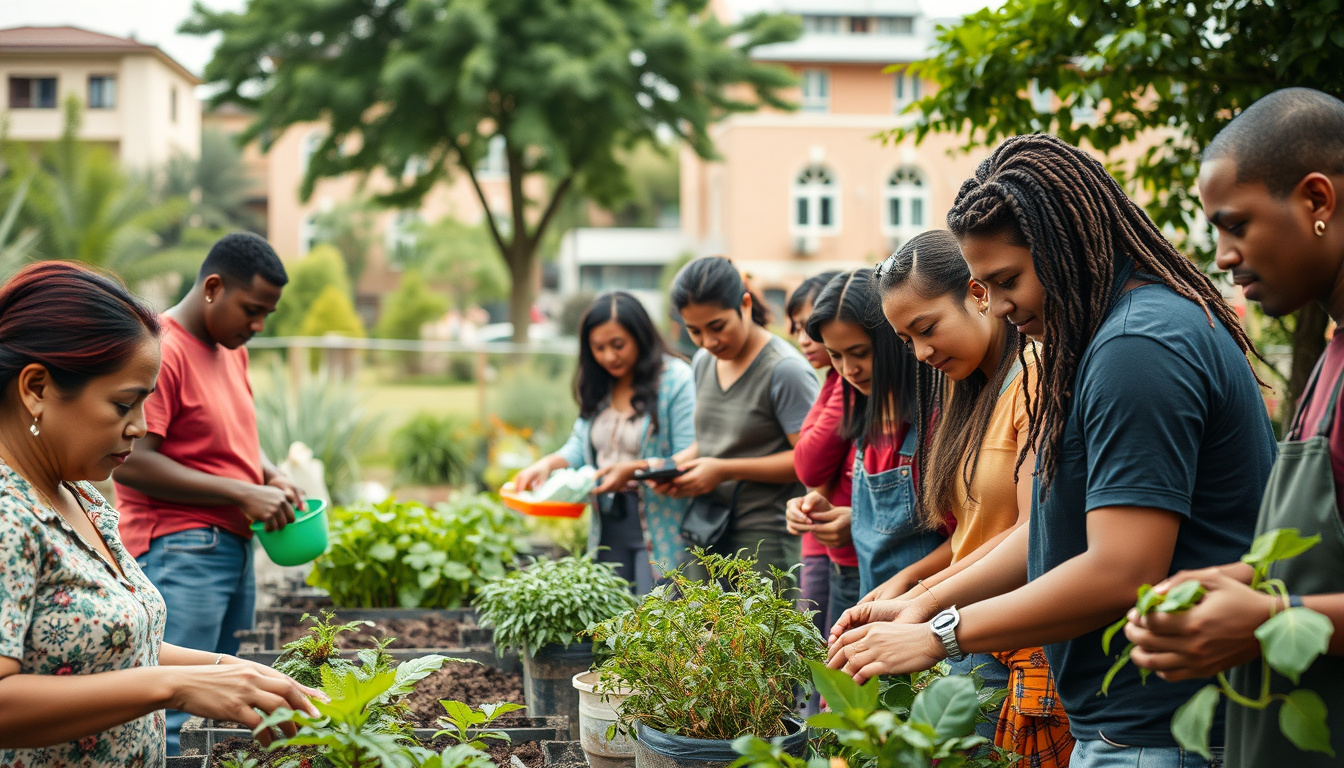As climate change continues to loom large over our planet, understanding how to reduce our carbon footprints has never been more vital. But what if I told you that minimizing our individual impact doesn’t have to be a tedious life overhaul? Instead, small, palpable changes can make a big difference when combined with community efforts. With the ivault app, you’re not only equipped to make smarter, greener choices, but you’re also empowered to connect with neighbors and share resources. This guide will dive into what carbon footprints are, effective strategies to lessen yours, and how ivault can help you engage in sustainable living that benefits both you and your community.
So, are you ready to explore effective carbon footprint reduction strategies that are both practical and rewarding? Let’s dive in!

Key Takeaways
- A carbon footprint represents the total greenhouse gas emissions caused by an individual, organization, or product.
- Implementing energy-efficient solutions such as LED lighting and smart appliances can significantly lower carbon footprints.
- Reducing meat consumption and increasing plant-based diets contribute substantially to carbon footprint reduction.
- Community initiatives and policy changes play a crucial role in encouraging sustainable practices at a larger scale.
- Education and awareness are key in empowering individuals and communities to adopt effective carbon footprint reduction strategies.
Understanding Carbon Footprints: Definition and Impact
When we talk about carbon footprints, we’re essentially discussing the total greenhouse gas emissions, particularly carbon dioxide, associated with an individual, organization, or product throughout its lifecycle. The impact of our carbon footprints is significant, as these emissions contribute directly to climate change and environmental degradation. To combat this, many are looking toward carbon footprint reduction strategies, which focus on minimizing our impact through various lifestyle changes. One effective way to implement these strategies is by utilizing platforms like ivault. For example, instead of purchasing new products, we can borrow or rent items from our neighbors, like tools or appliances, through the ivault app. This not only cuts down on the carbon emissions associated with manufacturing and transporting these goods but also fosters a sharing economy that can strengthen community bonds. By integrating ivault into our daily lives, we can make meaningful strides in reducing our carbon footprints while saving money and promoting sustainable living.
Effective Strategies for Reducing Your Carbon Footprint
Reducing our carbon footprint can feel overwhelming, but with effective strategies, it becomes more manageable—especially when you involve your community. Instead of buying every tool you need for those DIY projects, consider using ivault to borrow from neighbors. This approach not only saves you money but also minimizes waste and supports a more sustainable lifestyle. By lending your unused items through ivault, you contribute to a sharing economy that strengthens local connections and encourages responsible consumption. Remember, small actions lead to significant change: every item borrowed or lent means less stuff produced and less waste generated. Dive into this community-driven approach by joining ivault today and take a step towards a greener future!
‘The greatest threat to our planet is the belief that someone else will save it.’ – Robert Swan

The Role of Policy and Community in Promoting Sustainable Practices
When it comes to carbon footprint reduction strategies, both policy and community engagement play pivotal roles. Policies that incentivize sustainable living can create a framework for individuals and businesses to take meaningful action. For instance, tax breaks for borrowing instead of buying goods can encourage people to adopt a more sustainable lifestyle. Meanwhile, community-driven initiatives can foster a culture of sharing and caring for our environment. This is where ivault comes into play. By providing a digital platform for lending and borrowing everyday items, ivault empowers communities to connect and reduce waste. Imagine your neighborhood working together to share tools, appliances, or even outdoor gear through the ivault app. Not only does this lessen the carbon footprint associated with manufacturing and transporting these items, but it also strengthens local ties, making sustainable living a collective effort. By engaging with ivault, you’re joining a movement that turns policy into practice while creating a more sustainable, interconnected world.
Frequently Asked Questions
What is a carbon footprint?
A carbon footprint is the total amount of greenhouse gases, particularly carbon dioxide, that are emitted directly and indirectly by an individual, organization, or product, expressed as carbon dioxide equivalent (CO2e). It encompasses all activities, from transportation to energy use, and significantly impacts climate change.
What are some effective strategies for reducing my carbon footprint?
Effective strategies include adopting energy-efficient appliances, utilizing public transport or carpooling, reducing meat consumption, promoting recycling and waste reduction, using renewable energy sources, and advocating for sustainable practices within your community.
How can policies help in reducing carbon footprints at a community level?
Policies can encourage carbon footprint reduction by implementing regulations that promote renewable energy use, providing incentives for energy-efficient appliances, investing in public transport infrastructure, and supporting community education programs on sustainability.
Can individual efforts really make a difference in carbon footprint reduction?
Yes, individual actions collectively can have a significant impact. When many people adopt carbon-reducing behaviors, it influences market demand and encourages businesses and governments to implement broader changes in policies and practices.
What role does community involvement play in promoting sustainable practices?
Community involvement is crucial as it fosters a sense of shared responsibility and encourages collaborative efforts to implement sustainable practices. This can include community clean-up events, local sustainability programs, and partnerships with local governments to create impactful environmental policies.
